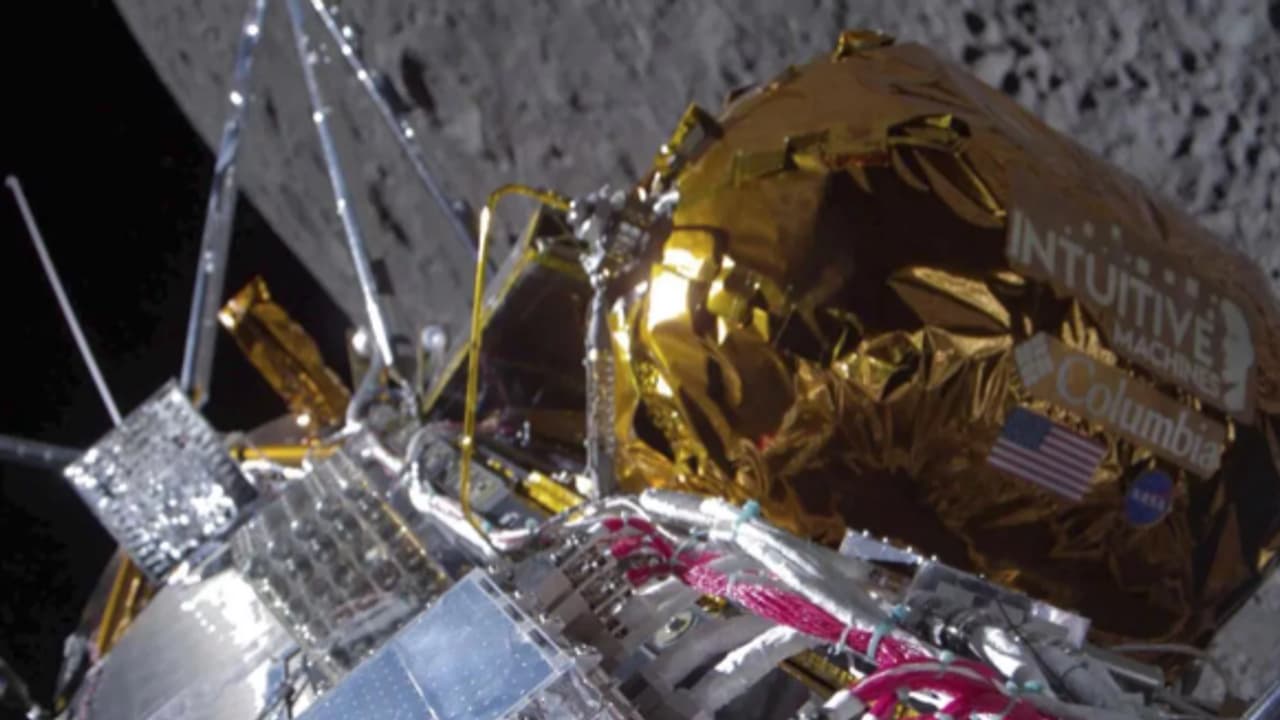The US spacecraft Odysseus, currently on a lunar mission, has encountered a temporary halt as it slipped into sleep, stopping its exploration of the Moon's surface. The mission, which had already faced challenges after tipping over, now confronts a new hurdle as engineers wait for resumption.
The US completed a new feat last week as it became the second country to witness a lunar landing through a private venture. Odysseus carrying 6 NASA experiments was launched by the Intuitive Machines company. The US saw many private companies launching spacecraft towards the Moon but only Odysseus has successfully landed so far.

The lunar landing of Odysseus was successful last week marking a significant beginning in the private space sector. However, Intuitive Machines had to go through various challenges in making the landing successful. While touching the lunar surface, the Odysseus spacecraft tilted slightly causing an 11th-hour scare.
Despite the uncertainty, Odysseus functioned well after making a rough landing. The experiments according to the spacecraft company were planned for a week but Odysseus was alive even after the first week of the landing. Photos of the spacecraft's tilted landing were sent to the company from Odysseus.
Intuitive Machines on Friday revealed that the company had sent the spacecraft to sleep mode due to the lack of light for 14 days which is also known as lunar night. The Moon goes through such a period once every month which is why space organizations often turn spacecraft to sleep mode as getting energy through solar panels wouldn't be possible for the functioning in those 14 days.
Odysseus’ final photo was received by the company on Thursday after which it was put to sleep. The company revealed, “Goodnight, Odie. We hope to hear from you again.” The company will engage in reviving the spacecraft after 14 days when the light touches the lunar surface again. Japan through its latest lunar mission revived its SLIM spacecraft after the chillingly cold lunar night period.
